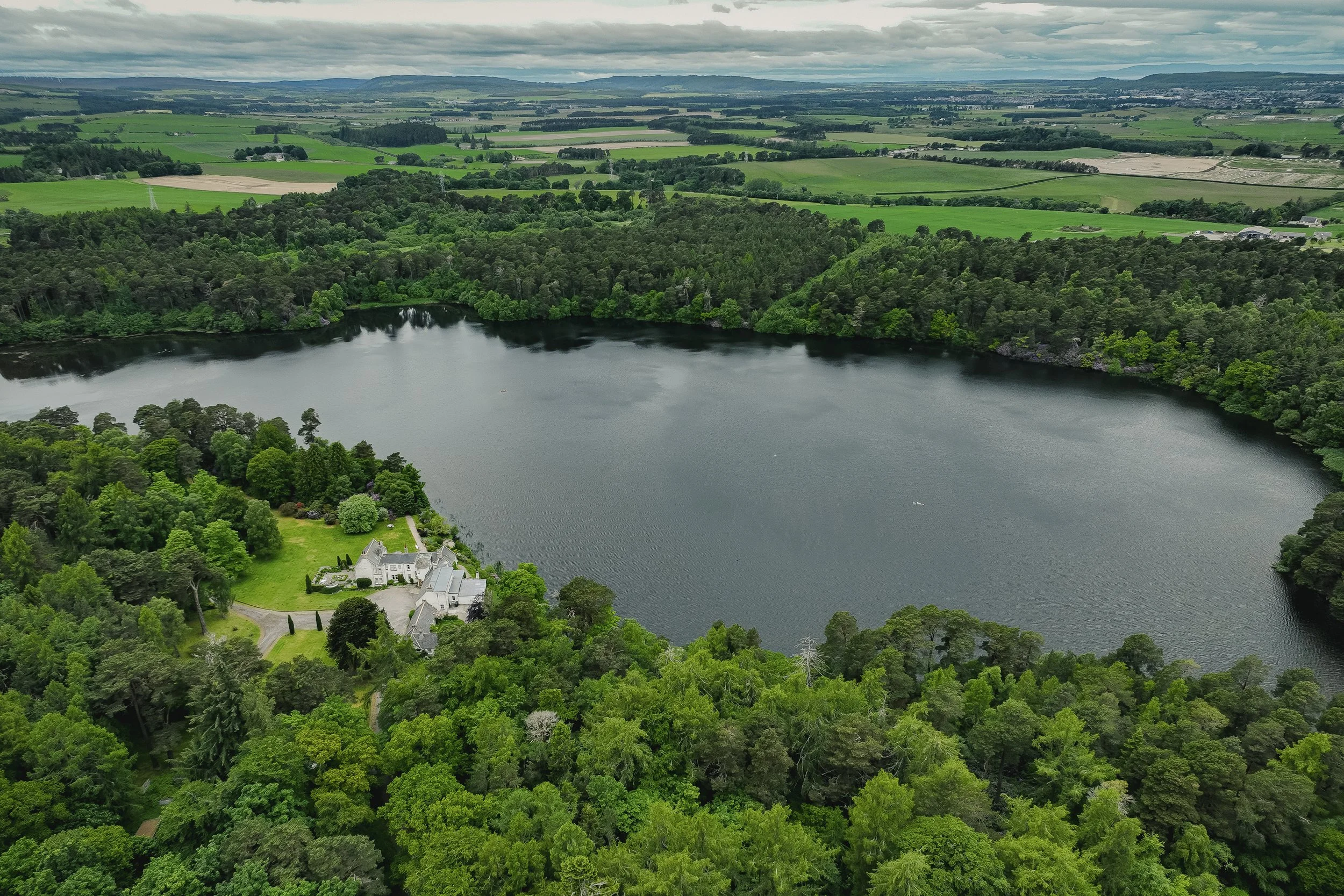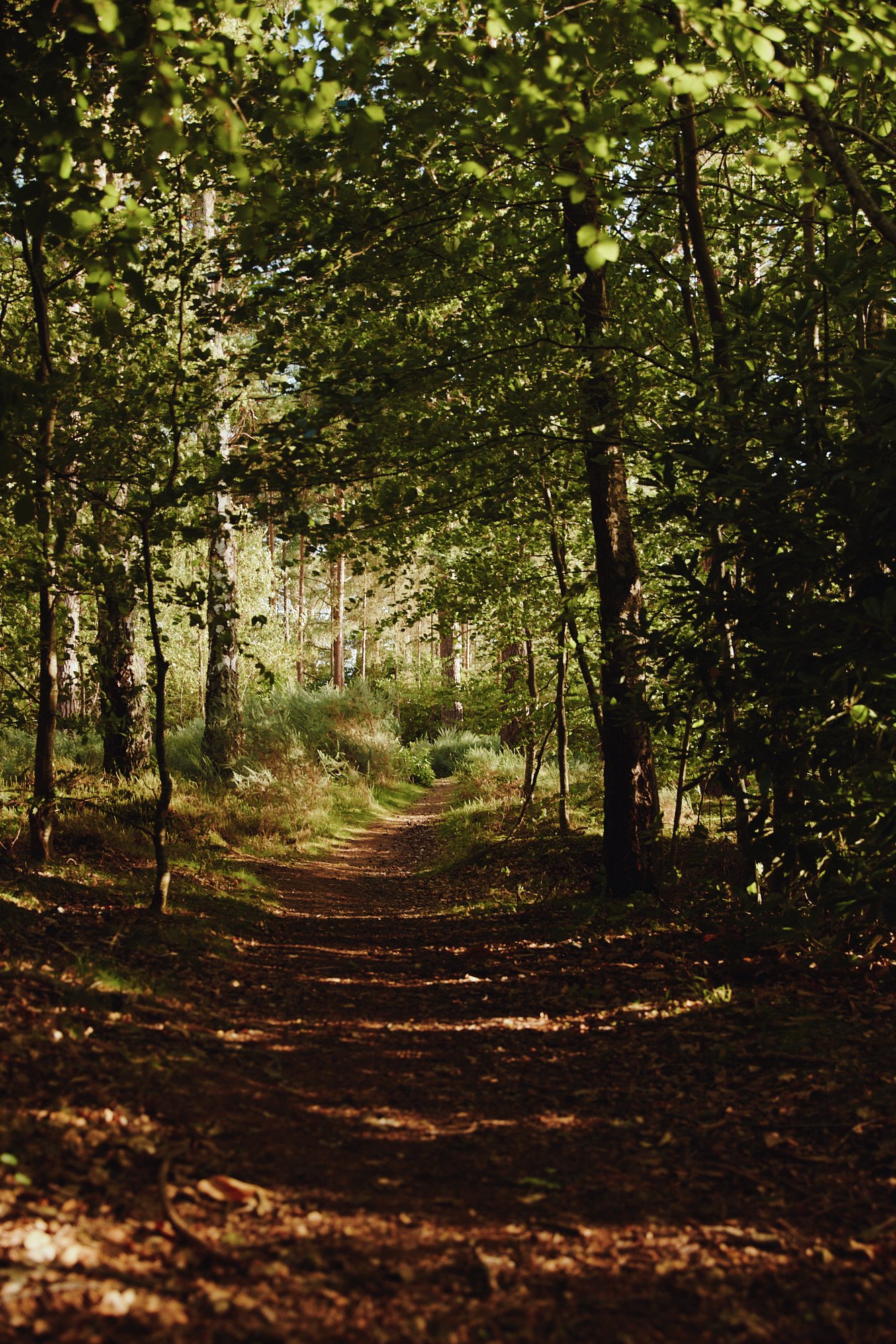
The Setting
The Landscape
Loch na Bo spans roughly 900 acres in the heart of Moray, combining loch, woodland, and open moor. Its mix of habitats supports a remarkable diversity of wildlife, from red squirrels in the trees to ospreys soaring over the water.
This page explores each of these landscapes and our ongoing efforts to rewild and restore the land for generations to come.
Habitats
-
The freshwater loch is alive with brown trout, frogs, and otters, while the osprey can be seen diving for fish in summer. Reeds, mosses, and water grasses edge the loch, offering shelter for dragonflies and ducks.
-
The woodlands shelter red squirrels, roe deer, and badgers beneath a canopy that hums with life. Fallen logs and fungi support insects and birds such as woodpeckers and song thrushes, creating a thriving ecosystem throughout the year.
-
Open ground and wild grasses attract hares, foxes, and birds of prey including buzzards and kestrels. These landscapes change with the seasons, shifting from fresh greens to golden tones as the year turns.
Rewilding at Loch na Bo
Restoring balance between land, water, and wildlife
Rewilding is the process of allowing nature to restore its own balance.
Rather than shaping the land for human use, it gives space back to natural processes, encouraging native plants to regenerate, wildlife to return, and ecosystems to thrive in their own rhythm.
It’s not about making nature wilder, it’s about letting it become itself again.
Loch na Bo’s 900 acres already hold a rich mix of woodland, moor, and freshwater habitats. But years of planting, grazing, and ornamental gardening have left areas where native life struggles to return.
Our rewilding efforts focus on restoring that balance and creating the conditions for nature to flourish on its own terms.
Our current focus includes:
Removing invasive species such as rhododendron ponticum and skunk cabbage to allow native plants to re-establish.
Encouraging natural woodland regeneration by reducing mowing and ground disturbance.
Restoring wetland edges to support amphibians, insects, and birdlife.
Monitoring key species like the osprey, whose return each summer marks the health of the ecosystem.
Each of these steps, however small, helps Loch na Bo move closer to a truly self-sustaining landscape.


